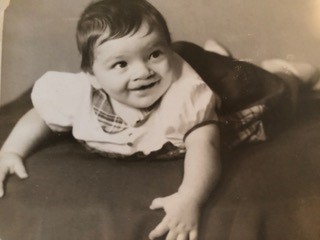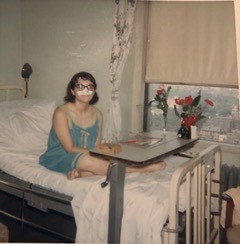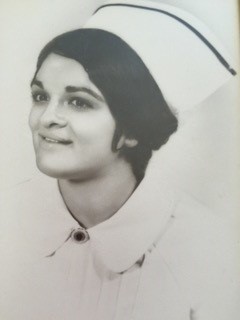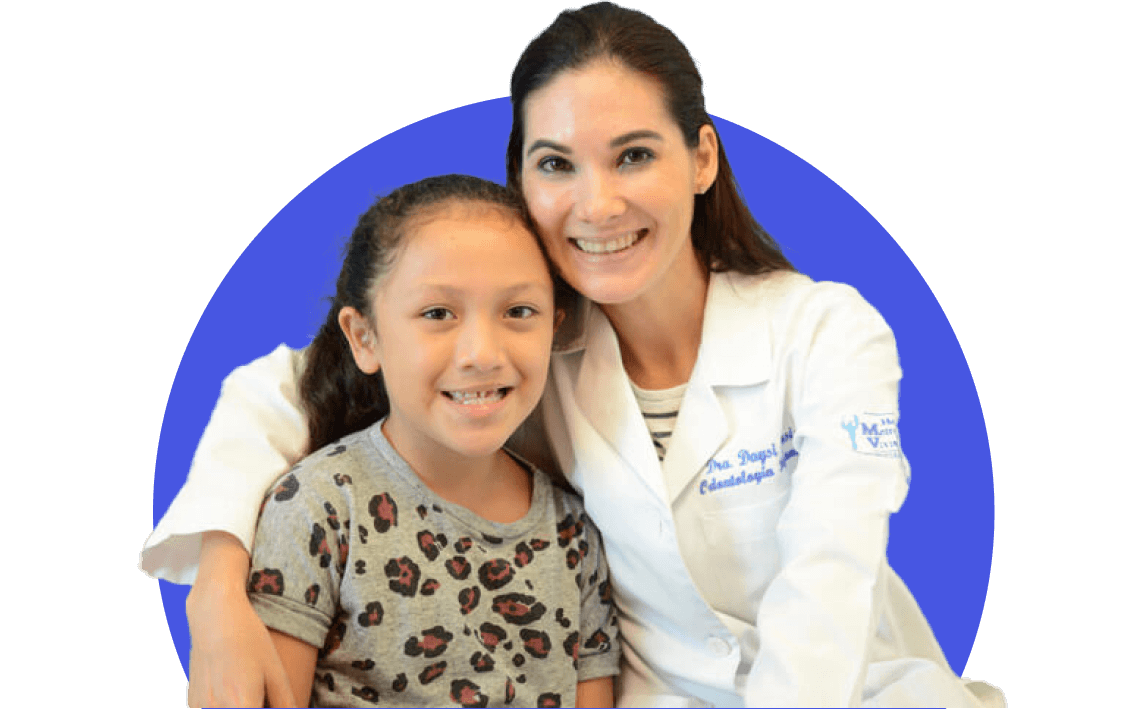I am an older adult born with a complete and severe bilateral cleft lip and palate and finished my multiple surgeries at age 51. Starting circa age 5, I wore a temporary and removable obturator, prosthesis with a bulb on the back and teeth on the front which attached to my existing teeth with wires and rings. It required daily cleaning just like dentures and closed my open hard and soft palates, assisting me to speak, not aspirate food and liquids, and to bite into food until my pharyngeal flap surgery in 1988, which closed off my absent soft and hard palates, permanently. This surgery was one of my hallmark moments during my restorative process. I celebrated with my then-prosthodontist by releasing the obturator into the trash! Today, I wear a prosthetic bridge to replace my alveolar ridge, premaxilla bone and upper front teeth. I am proud to say that I graduated from 5 years of speech therapy at age 10.

My shocking birth difference brought shame, anxiety, anger and embarrassment to my family. There was no prenatal testing done back then and no special baby bottles to assist with lack of suckling. A medicine dropper was used initially. There was very little support and lack of education for parents and children. All of the medical and nursing personnel and my parents did the best they could to see that I received the care I needed. I played catch-up with care as an adult in order to receive the most updated orthodontic, prosthodontic and surgical procedures available. I endured tragedy at a young age. My only sibling/sister who also had the same congenital issue plus cerebral palsy died at age 3 when I was 4 due to a respiratory illness. My parents divorced 2 years later. I continue to miss her.
In 1983 I formed a support group with two other women affected by cleft lip and palate. It was called, “Looking Ahead.” We met monthly in our homes. Much information was exchanged about our surgeries, dental work, relationships, feeling alienated, fear of kissing, make-up tips and fear of rejection due to our scars. We talked about how our experiences, such as families holding us back from expanding our education or being sent away, both due to our appearance. It was one of the best experiences of my life! Knowing that we made a difference in the lives of others affected by cleft lip and palate/craniofacial difference.
Along my journey, I was bullied and abused by both children and adults. People told me I couldn’t fulfill my dreams, connecting my facial difference with having less intelligence. I proved them wrong! My professional journey spanned over 47 years. I am a retired RN and an advanced practice RN/nurse practitioner with a master’s degree and post-master’s certificate. Specializing in family practice, internal medicine, and psychiatric mental health. I also endeavored in nursing education as instructor and other nursing roles over the years.

Relationships became a challenge as my self-esteem was low for many years with fear of rejection because of my appearance. Through counseling, supportive friends and family I was able to gain self-love, respect and acceptance. Practicing kindness for myself and others.
Today, I am with the love of my life! I continue to work on my healing from shame, anger, and anxiety with activities that I love such as writing, poetry, dance, yoga, travel, being in nature and spirituality. I have written over a hundred poems, and a few were published.
In 2020 my memoir called Lucia’s Story: My Imperfect Beauty was published. This memoir is written in devotion to and respect for facial difference. My pen name is Bella Lucia. I am delighted to see that those craniofacial-affected children, globally, are receiving the care and support that they need. That more young and middle age adults who are cleft/craniofacial affected are joining together on social media to advocate for themselves in all aspects of their physical, emotional, and psychosocial needs. My concern is what happens as we all age and the need for continuing care and support.
In 2022, my intuition led me to the concept of advocating for the older adult with craniofacial difference. Now that I am one it dawned on me that there was not enough being done to support this concern. I began an in-depth search regarding support for older adults with craniofacial differences and found little information. I have a mission to assist other older adults to receive support from the cleft community and beyond, along with their peers with craniofacial differences.
I have been doing research and found one conclusive article from The Cleft Palate-Craniofacial Journal published in 2015 called “Older adults experiences of living with cleft lip and palate: A qualitative study exploring aging and appearance.” This study was accomplished with cleft lip and palate adults from age 57-82. The article centered around feelings of isolation at times and having little contact with other people with a cleft. In addition, it was mentioned that healthcare could be more considerate to the needs of older persons with a cleft, particularly, around dental care and providing information about it. Many participants in the study felt ignored because of their age.

My ongoing goal is to advocate for all cleft-affected individuals and be a voice for the cleft-affected older adult by putting information out there. I have started communication with AARP (The American Association of Retired Persons) and I am planning to submit an article for their magazine and their bulletin citing resources such as Smile Train, myFace and the ACPA. I have also contacted the NCOA (The National Council on Aging) and my local county’s older adult community. I am happy to report that they are interested in my story and plan to speak at my county Commission on Aging upcoming meeting.
Another concern is communication with today’s information technology and the older adult obtaining information and support. I am reading and hearing that many older adults, which include my friends and acquaintances, use email, text, phone, the internet and YouTube for communication and information and are less involved on social media. The use of TV, radio, journals, and books are prominent. Thoughts need to be taken as to what other ways we can advocate for them. Keeping them connected to the community worldwide. In addition, those creators of apps and other social media could have the font be larger and have more tips to guide them.
More qualitative studies need to be generated. These are questions I think about: Are you an older adult with craniofacial difference? Are you concerned about your appearance and possibly your speech? Are you feeling alone and isolated, wanting more support and interaction? What would assist you to feel better about yourself and feel more with others? How do you obtain information of interest?
Social media is a huge platform that will benefit these individuals if they want to join. If not, we have other means as mentioned above. Another thought is that their grandchildren would be able to assist them with getting connected to social media.
Lastly, my wish is that complete support of the older adult with craniofacial differences continues, indefinitely for generations to come. Keeping our smiles jubilant.
— Luci



